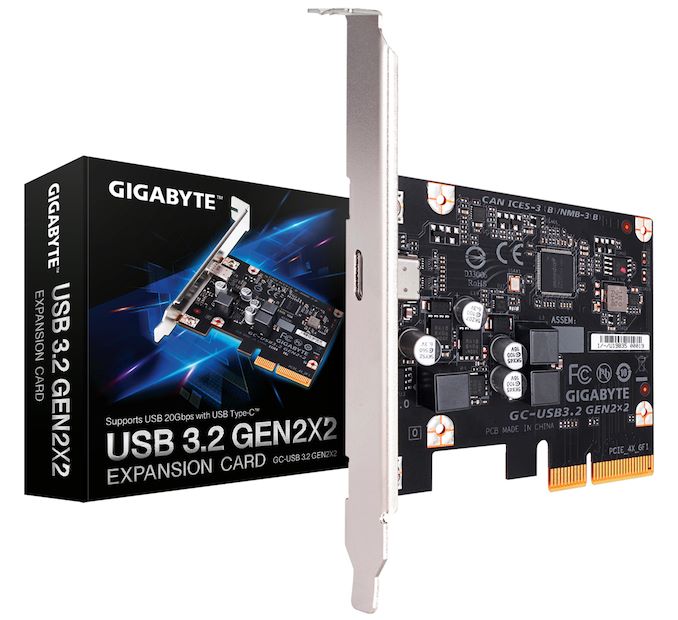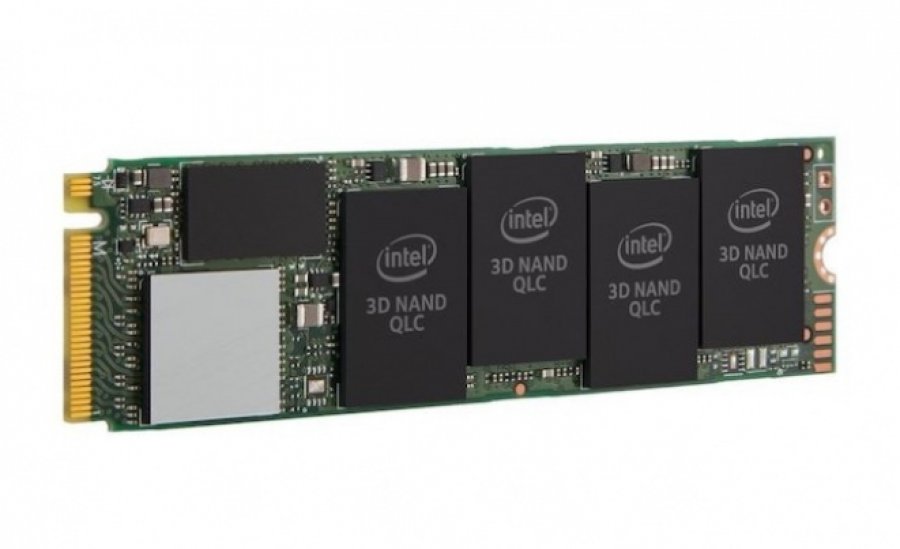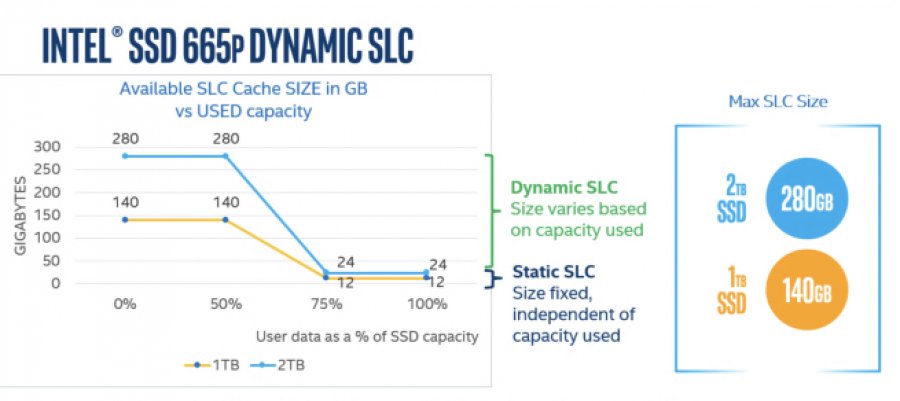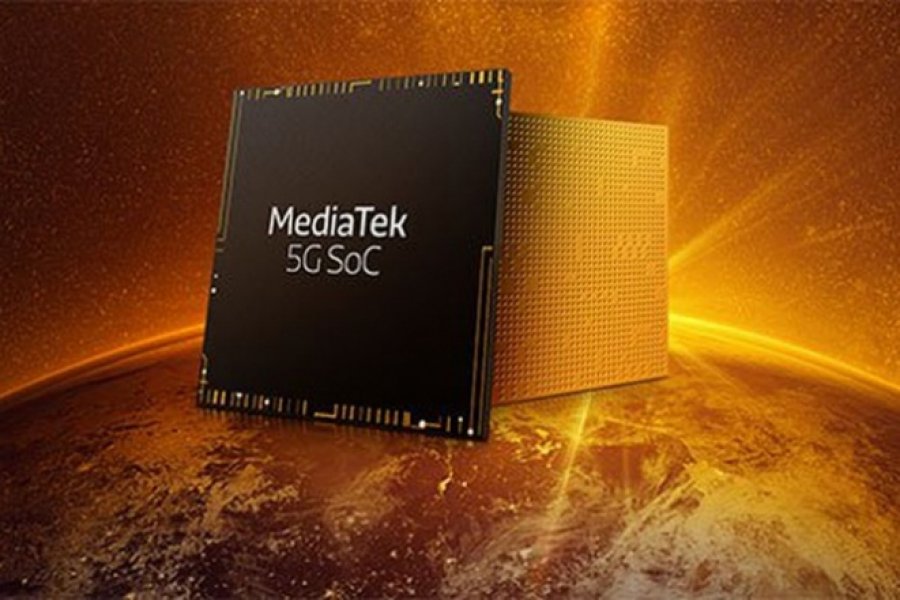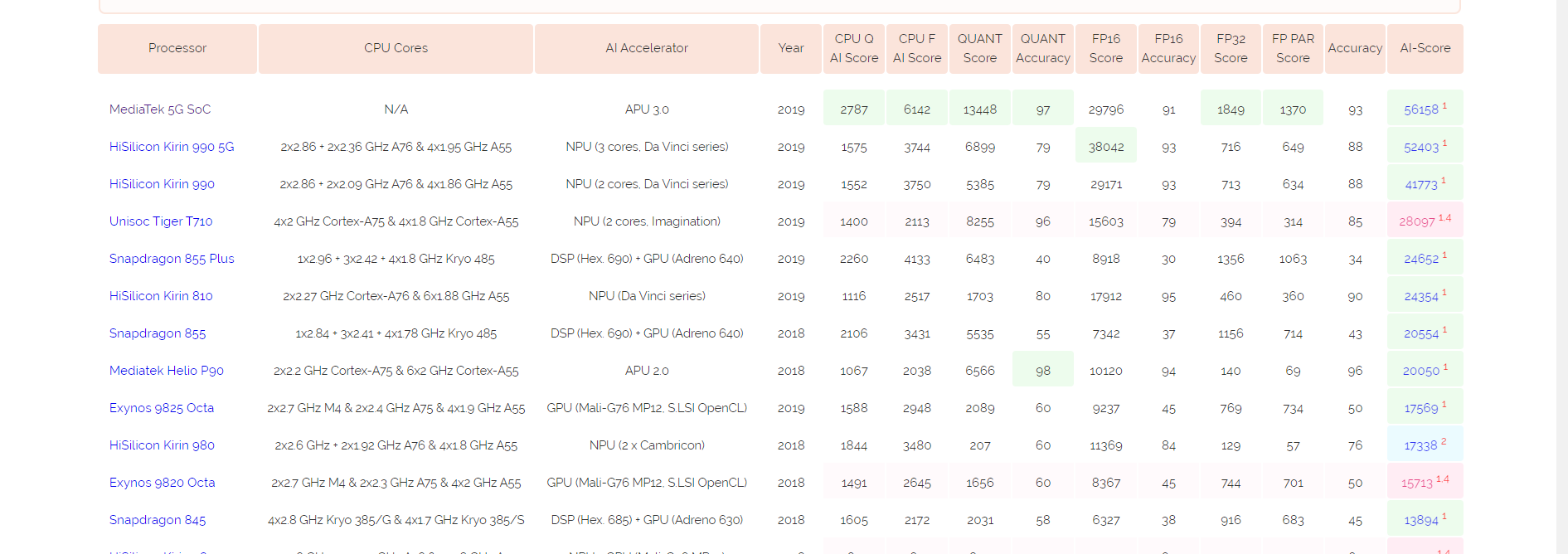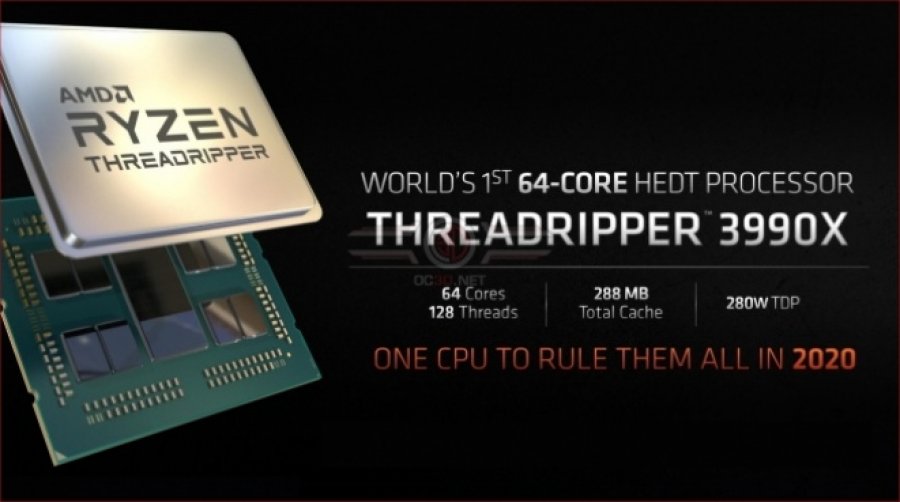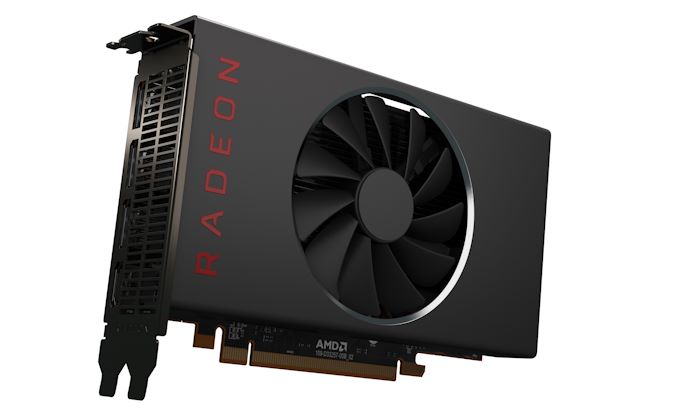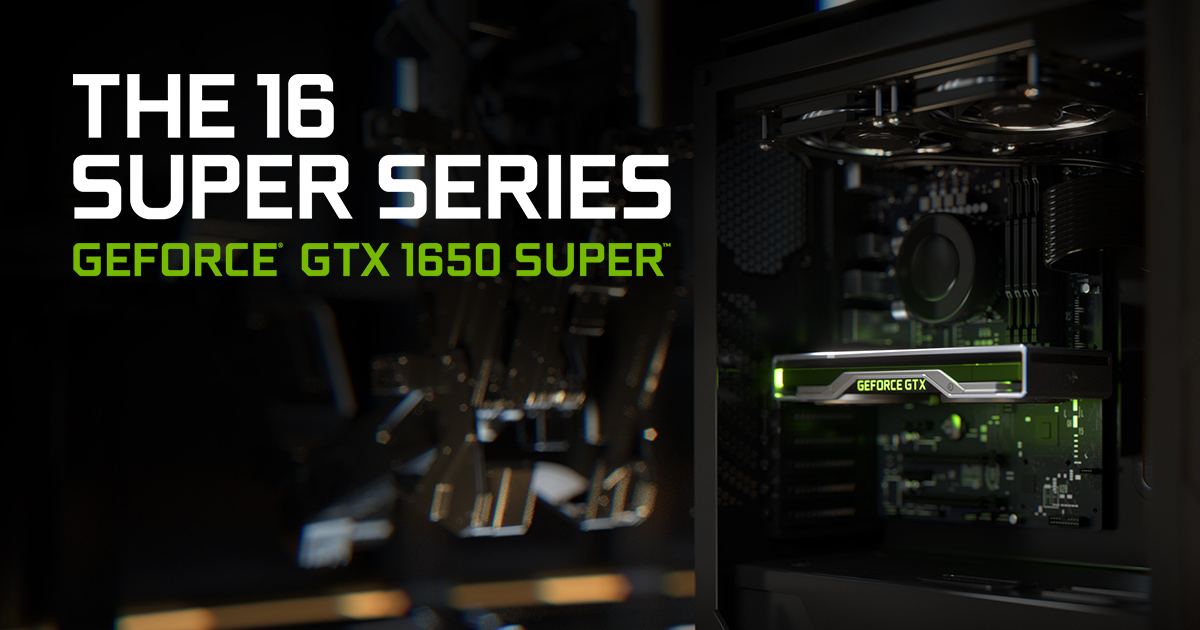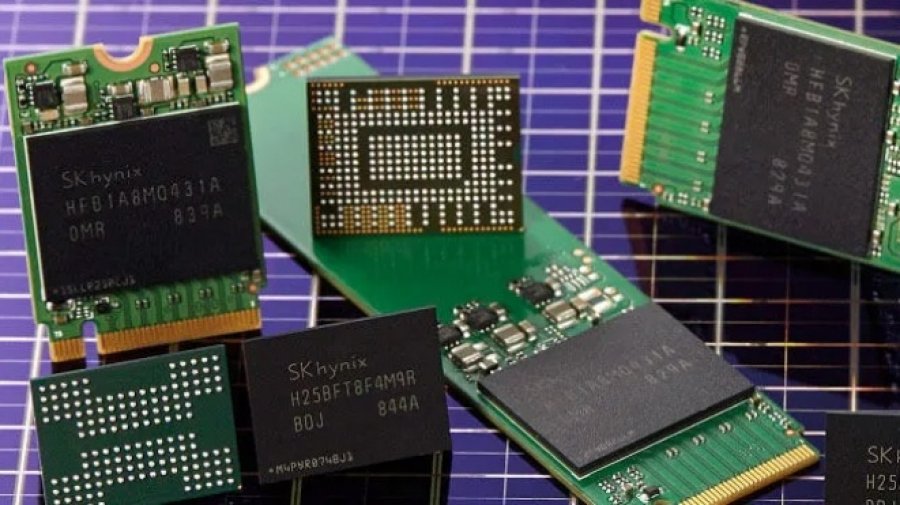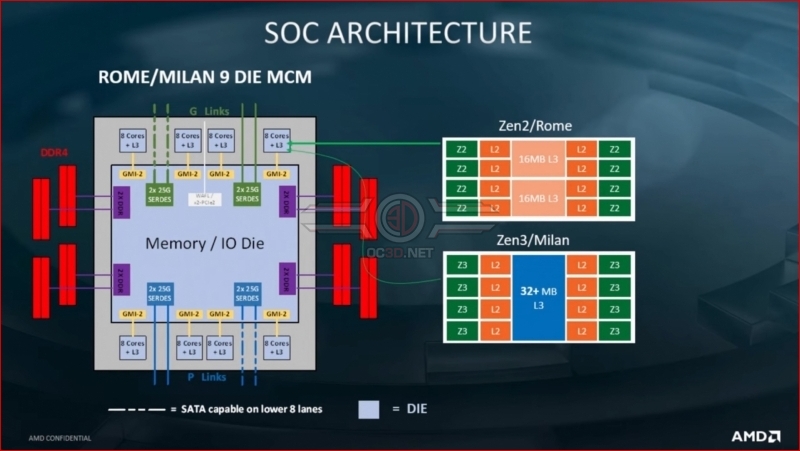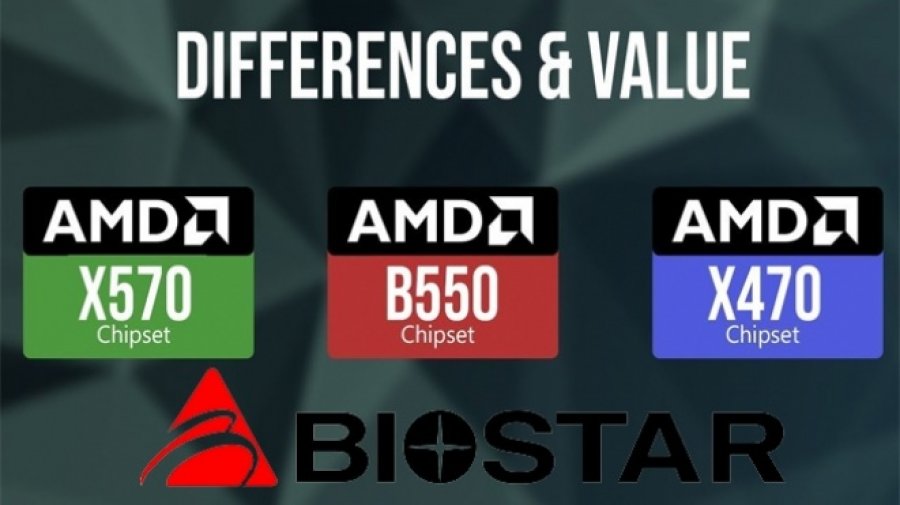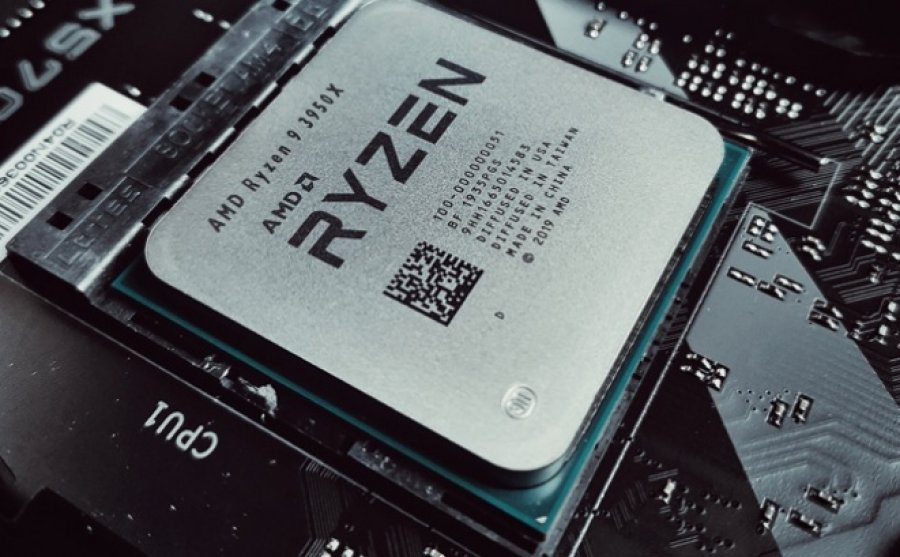Gigabyte has announced that it has added a new PCIe Expansion card to its line of products, which will allow users to place the 20 Gbps USB 3.2 Gen 2×2 connector on their PC, TechPowerUp reports.
The solution mentioned has no hub, as it is a connector, which significantly limits its user value. According to the company, this solution is intended for users who are happy with current systems but want support for the newest standards, which eliminates the need to update motherboards before the time comes.
Users will have to sacrifice a PCIe x4 slot to insert a 20 Gbps USB 3.2 Gen 2×2 PCIe card. The price and availability of the device at this time are not known.
> Read Next: Here’s how the new Facebook design will look like
So what do you think about this? Let us know your thoughts in the comments section below, follow us on twitter and facebook for more news and updates.
